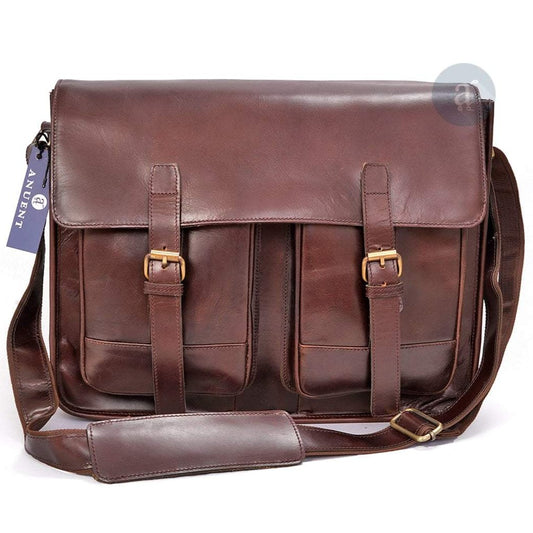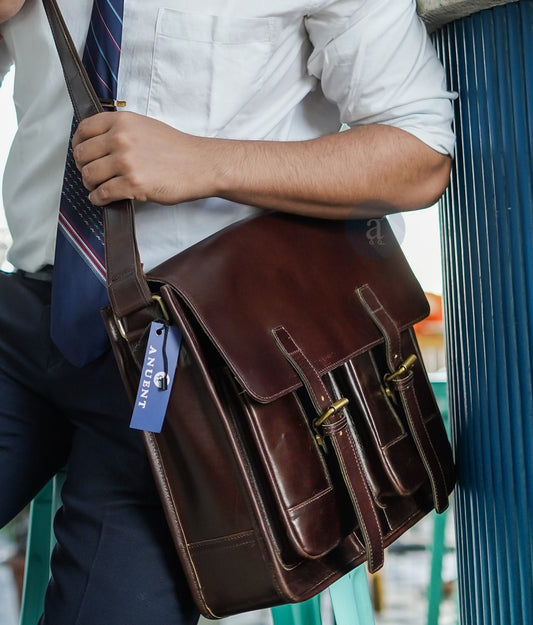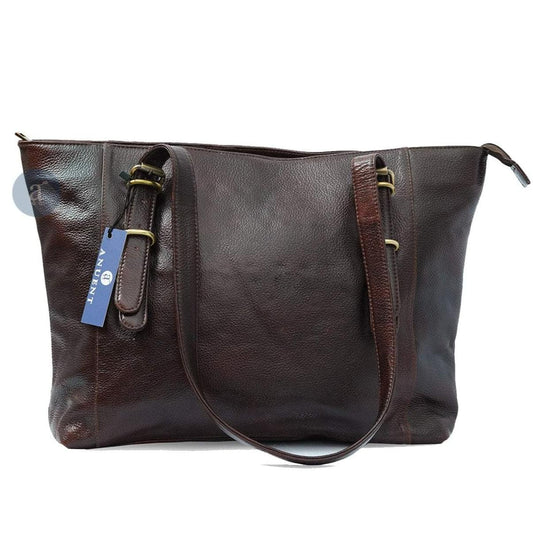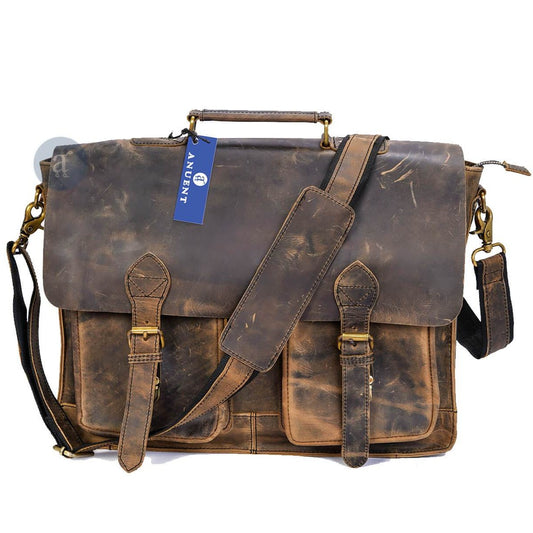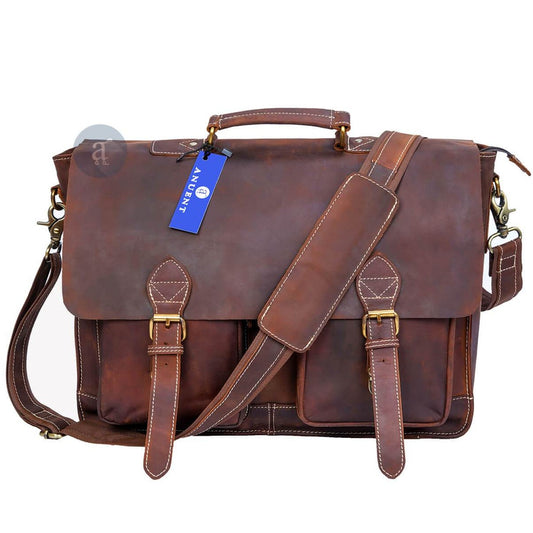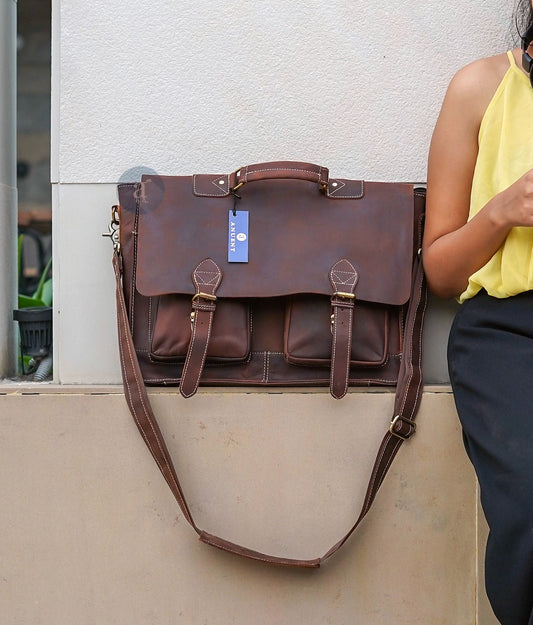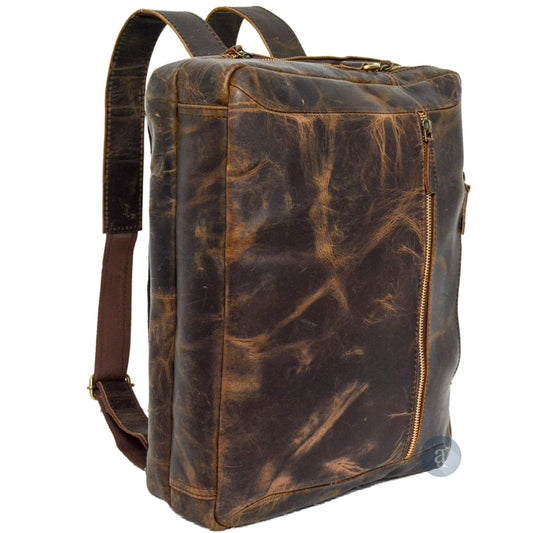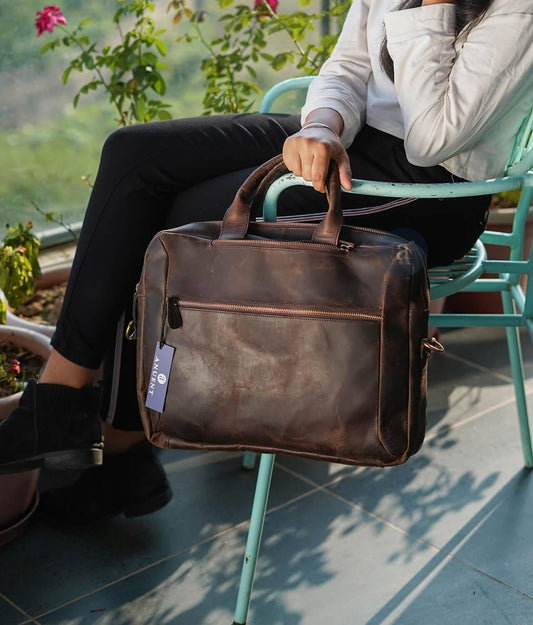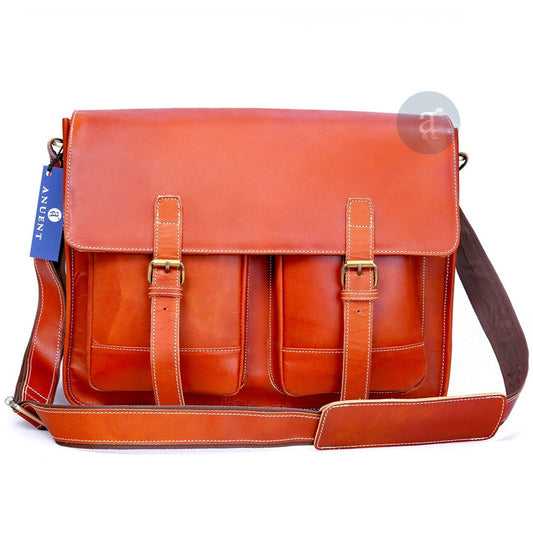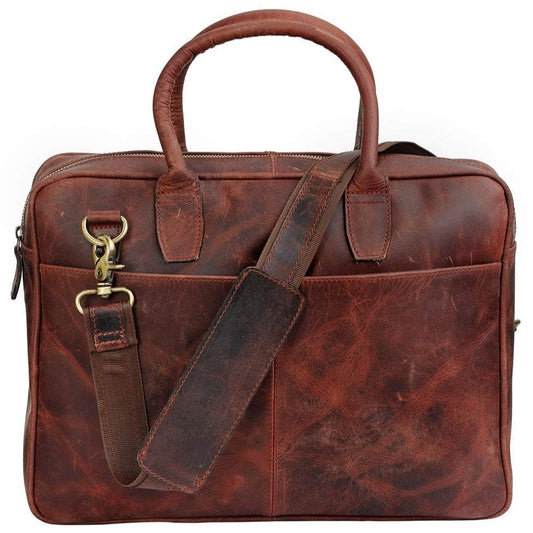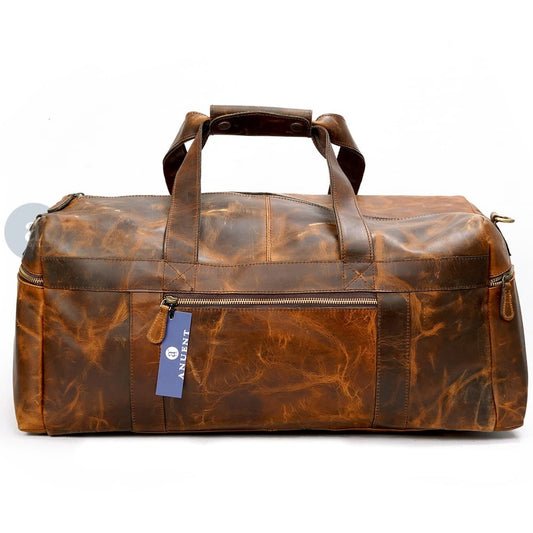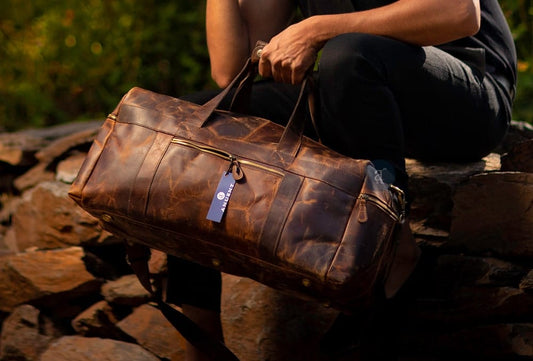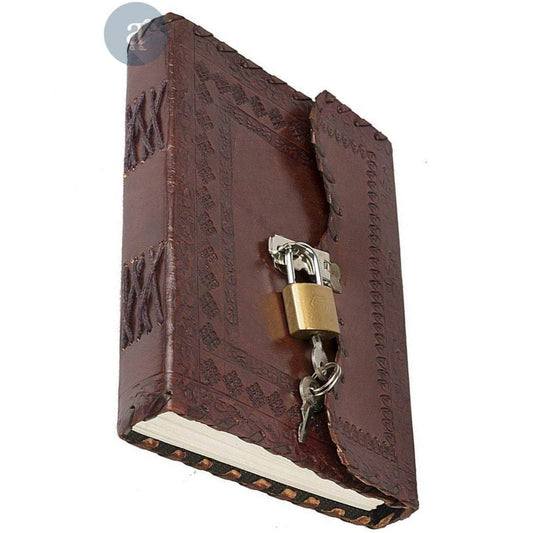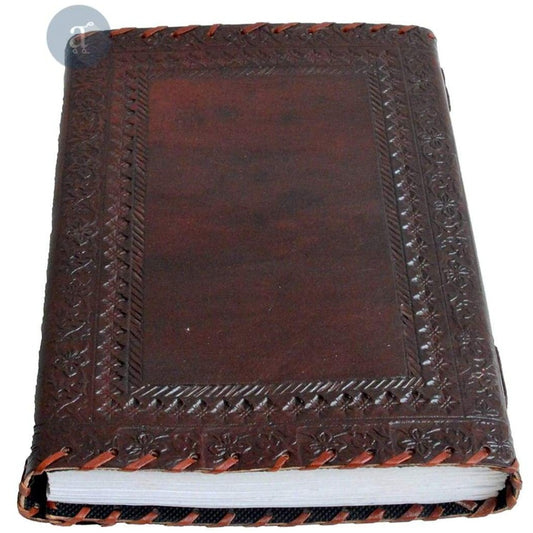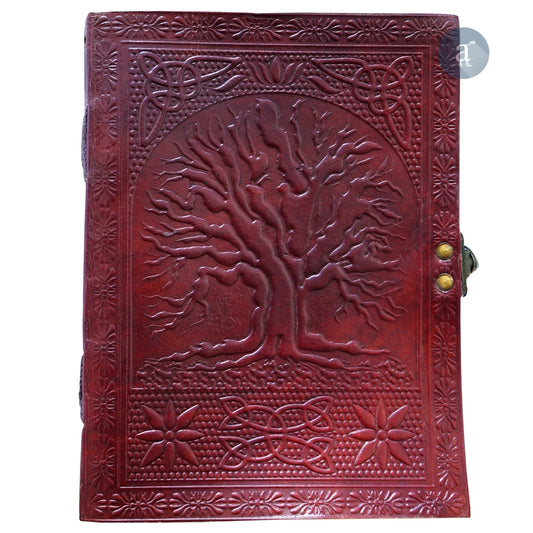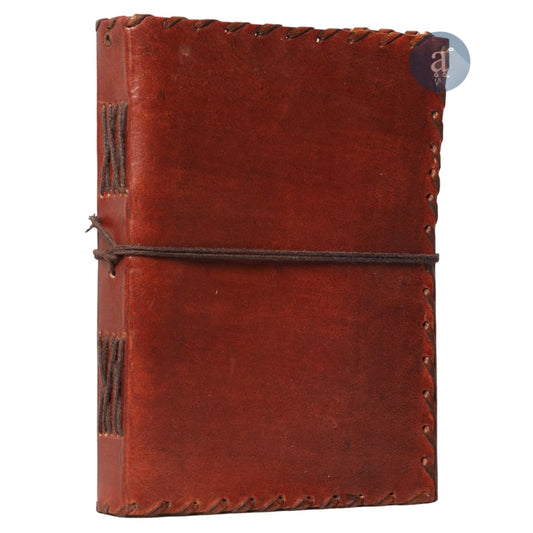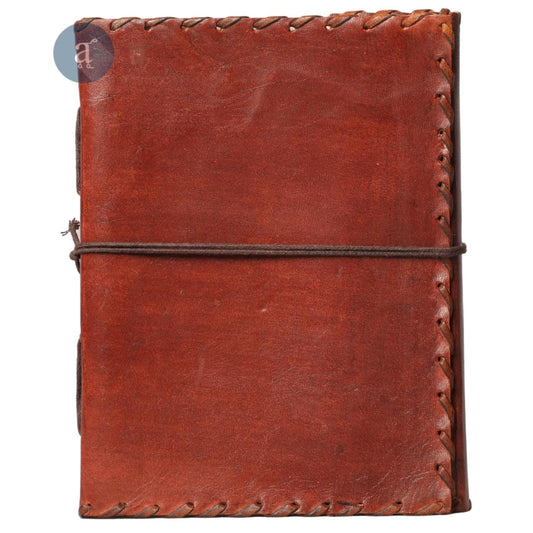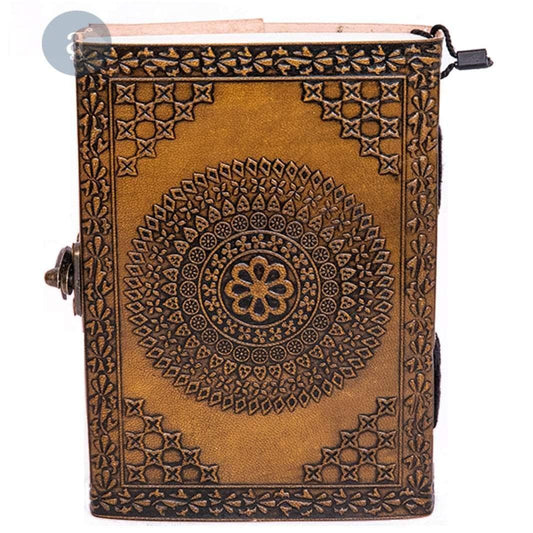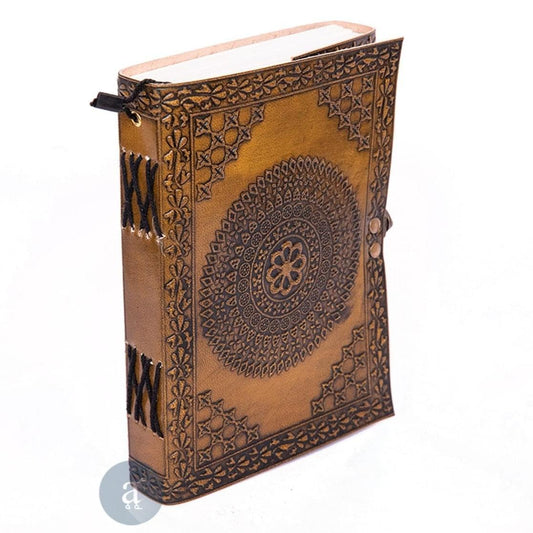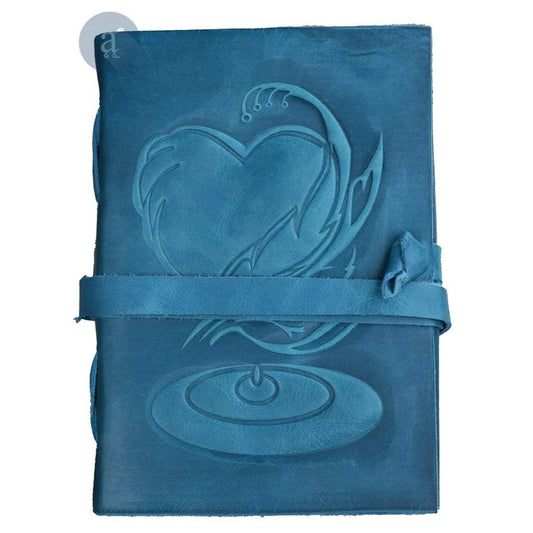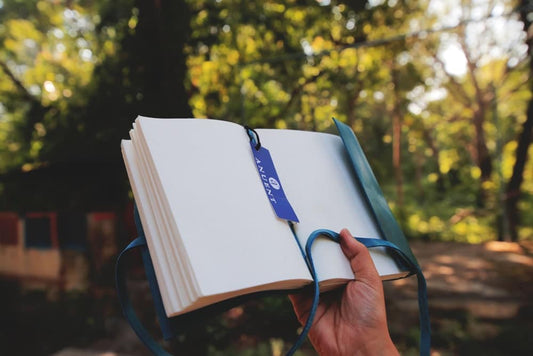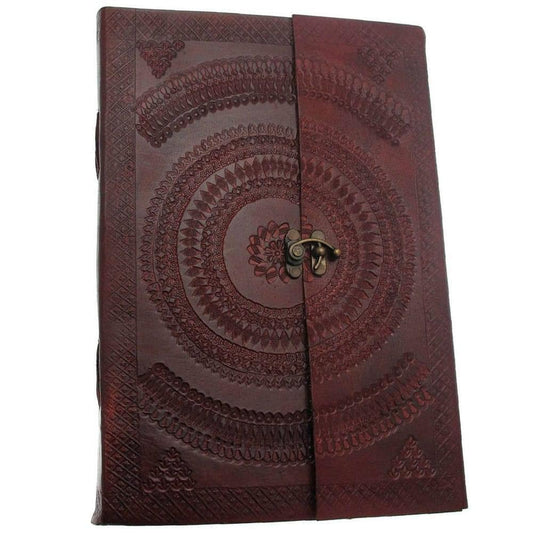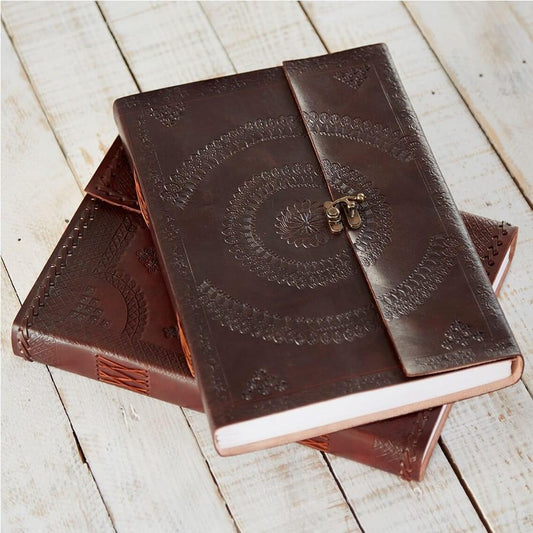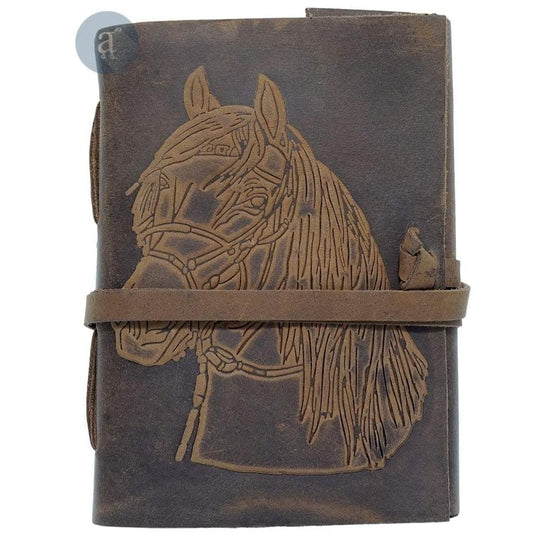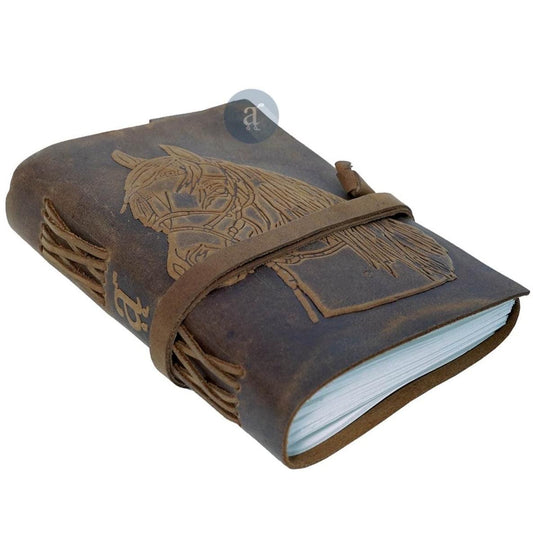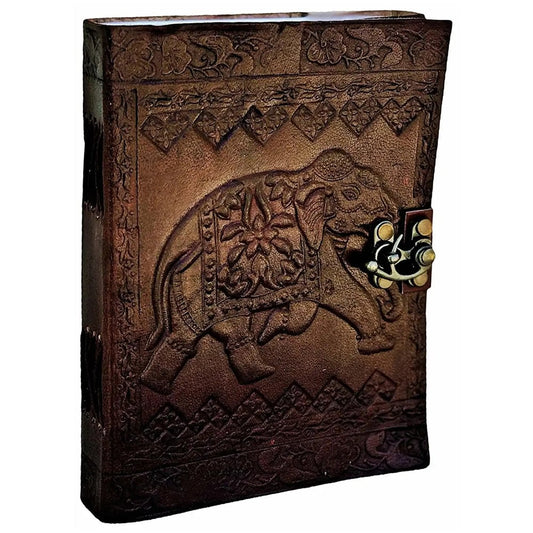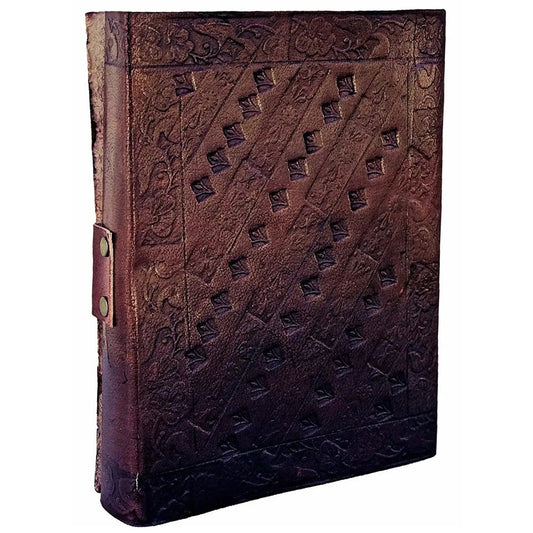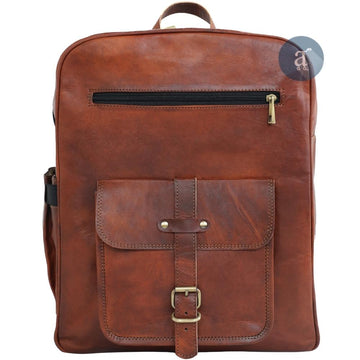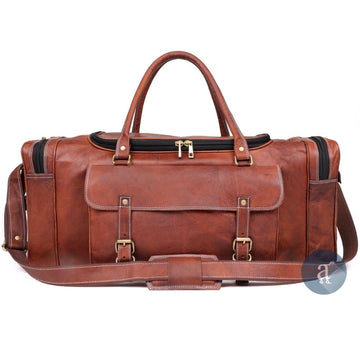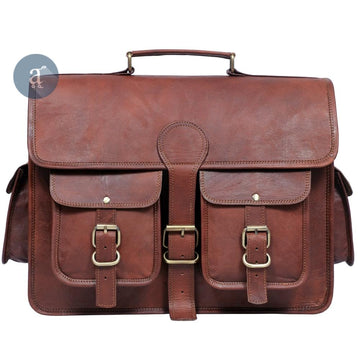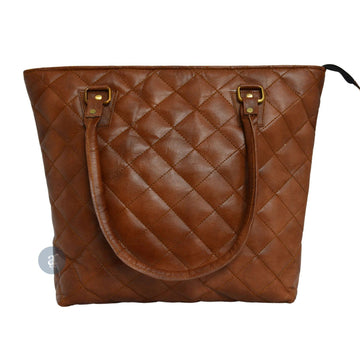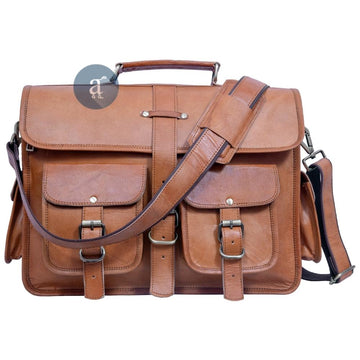A leather backpack is an investment in style and durability, but exposure to rain, spills, and dirt can compromise its beauty.
At Anuent, we craft leather backpacks designed to last decades—if cared for properly.
This guide shares step-by-step strategies to protect your leather backpack from the elements while preserving its luxurious appeal.
Pre-treatment: Waterproofing your backpack
a. Use a leather protector dpray
-
Why it works: A quality protector spray creates an invisible barrier against moisture and stains.
-
Anuent’s recommendation: Apply a silicone-free spray (e.g., Apple Brand Garde Rain) every 3–6 months. Avoid petroleum-based products, which can clog leather pores.
b. Condition first
-
Step 1: Clean the backpack with a damp cloth.
-
Step 2: Apply a leather conditioner (like Anuent’s Care Kit) to nourish the fibers.
-
Step 3: Let it dry for 24 hours before using a protector spray.
Pro Tip: Test sprays on a small area first. Vegetable-tanned leather absorbs products evenly, but some finishes may react differently.
Also, check out our guide on waterproofing a leather backpack for expert tips and techniques.
Daily maintenance: Preventing damage
a. Avoid prolonged exposure
-
Rain: If caught in a downpour, blot moisture gently with a microfiber cloth. Never use heat to dry—it can crack the leather.
-
Sunlight: UV rays fade leather. Store your backpack away from direct sunlight when not in use.
b. Clean spills immediately
-
Liquids: Dab (don’t rub) spills with a clean cloth. For oily stains, sprinkle cornstarch to absorb residue before wiping.
-
Ink/makeup: Use a leather-specific eraser or mild soap solution.
Anuent’s design advantage: Our backpacks feature water-resistant zippers and reinforced seams to minimize liquid seepage.
Stain removal: Safe techniques
a. For water stains
-
Step 1: Let the backpack air-dry naturally.
-
Step 2: Gently buff the area with a horsehair brush.
-
Step 3: Condition to restore moisture.
b. For oil-based stains
-
Step 1: Apply talcum powder or cornstarch to absorb oil. Leave for 24 hours.
-
Step 2: Brush off residue and clean with a leather soap.
-
Step 3: Condition thoroughly.
c. For mold/mildew
-
Step 1: Mix equal parts water and rubbing alcohol.
-
Step 2: Wipe affected areas gently.
-
Step 3: Dry in a well-ventilated area and condition.
Warning: Avoid vinegar or bleach—they can discolor leather.
Storage solutions: Preserve shape & quality
a. Stuff with acid-free paper
-
Maintain the backpack’s shape by stuffing it with tissue paper or a soft cloth.
b. Use a dust bag
-
Store in a breathable cotton dust bag to prevent scratches and dust buildup.
c. Avoid plastic covers
-
Plastic traps moisture, leading to mold. Opt for fabric covers instead.
Pro Tip: Store in a cool, dry place (ideally 15–25°C / 59–77°F) with 40–50% humidity.
Emergency care: Salvaging a soaked backpack
a. Immediate action
-
Step 1: Empty the backpack and blot excess water.
-
Step 2: Stuff with newspaper to absorb moisture and retain shape.
-
Step 3: Air-dry away from heat sources (2–3 days).
b. Post-dry care
-
Step 1: Condition generously to restore suppleness.
-
Step 2: Apply waterproofing spray once fully dry.
Conclusion
A leather backpack’s longevity hinges on proactive care.
By waterproofing, cleaning spills promptly, and storing properly, you’ll ensure your backpack ages gracefully, developing a rich patina that tells your unique story.






